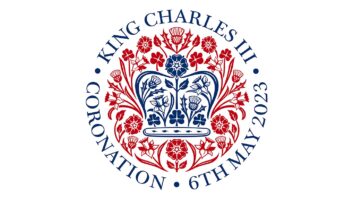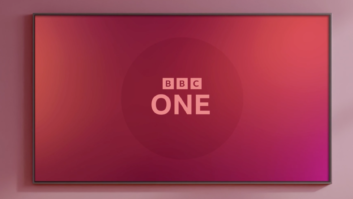The adoption of 1080p 50 as the preferred broadcast production format has been brought much closer by the BBC’s development of the Dirac PRO codec announced in Amsterdam, writes George Jarrett.
“We are following up last year’s showing of mezzanine compression, but the first Dirac codec was just for distribution,” said BBC lead engineer, Tim Borer about the project. “We have now widened the application base by changing some of the original algorithms. Effectively, we have merged them.”
The new compression regime is more flexible – you could type in parameters like bit rate allocation – and the full specification has been posted on the web. “We are at the stage where it can be used in a real system, and it will be forwarded to SMPTE for ratification,” said Borer. “Once we had the spec, we were able to produce the first equipment.”
This has come from Stuart Sommerville, MD of nuMEDIA, in the shape of encoding and decoding boxes. He has produced a rack that takes four modular cards and gives the user four channels of encoding or decoding. The other thing in development is the translation of 1080i 25 down to 270MB.
“These products allow people with HD infrastructures to complete programmes at 1080p 50 but use existing 1080p 25 facilities,” said mentoring partner Peter Wilson. “If you have a lot of plant, you just stick one of Stuart’s boxes at each end.
“The algorithm is optimised for this application, so it’s very efficient. It is new implementations of old ideas,” he added. “PRO format is scaleable from 4K to QCIF (for mobiles), but it does not do 4K like the DCI spec for D-Cinema. It has a 2K base layer with a 4K enhancement layer on top. This is in the protocol but not implemented. It also has a frame numbering system, which makes it much easier to post process.”
The BBC plans to make Dirac PRO an open technology, and may licence it using the Linux model.





